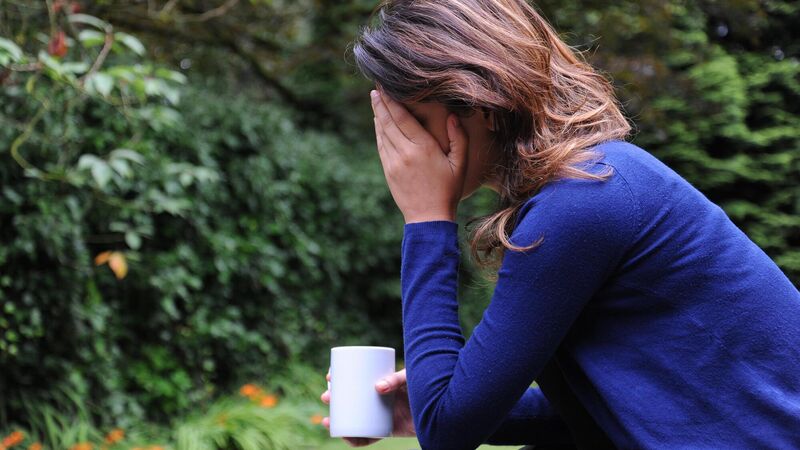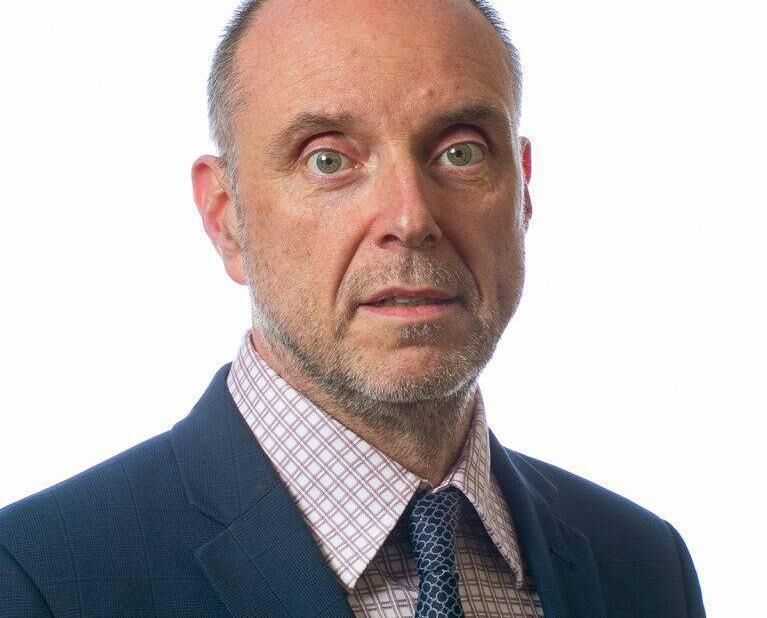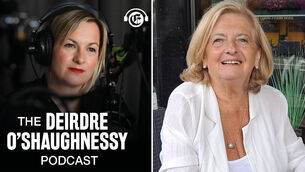Long covid an 'ongoing and active issue' in Ireland with 200 symptoms

Up to Monday in Ireland, there were 365 people in hospitals with covid-19, including eleven in intensive care units. Cases continue to come in waves, although at a lower rate than previously.
A leading clinic for long covid is now regularly discharging patients, often after one year of treatment, but new patients are still being referred in, said Professor Seamus Linnane.
A small number of patients attending the Beacon Hospital long covid clinic have been ill since early 2020, but international research indicating a trend towards a one-year duration of the condition is also being seen here.
“We are steadily discharging patients from clinic,” he said. “And, luckily doing so at a point where they feel they are ready for discharge. If they are not fully recovered, they are satisfactorily on the way there, and feel that they have made significant and sufficient progress.”
However, he said: “By the same turn, we are constantly getting people being referred to us. There is a persistent appearance of new people.”
Up to Monday in Ireland, there were 365 people in hospitals with covid-19, including 11 in intensive care units. Cases continue to come in waves, although at a lower rate than previously.
International studies indicate as many as 20% of infections lead to long-term symptoms. It is not yet known how many people in Ireland have long covid although findings from the HSE FADA survey will illuminate this when published.
“I would say the awareness of long covid has gone down a bit, but people are steadily coming into clinics,” Prof Linnane, consultant in respiratory and general internal medicine, said.
His weekly clinic runs from early morning late into the evening.
“There are people who are talking about their experience back at the beginning of 2020,” he said.
“That shows you while the overall statistic is that the vast majority of people are recovering within a year or so, let us say, but the number is so large that even if there is a very small number of people who are outside of that average statistic, it still amounts to a fair number of people.”
He said these patients in particular have “a tough, tough time, a hard time” and overall many patients are younger than people might think.
“They are expecting to be pushing through with their careers, starting their families, and yet they are having to deal with this,” he said. “It’s quite striking that the group of people I tend to deal with most, not exclusively, is mostly people who are relatively young, very active.”

The World Health Organization has found “over 200 different symptoms have been reported”, some appearing months after infection.
Prof Linnane said patients often experience intense symptoms including “palpitations, cardiovascular, chest pain, breathlessness, dizziness” in the first six to nine months.
“Then people moved more towards fatigue, neurological, brain fog presentation, which is a bit harder to define, later on,” he said.
Now a typical day in the clinic can include patients in all these stages.
“In the last couple of weeks in the clinic, I’ve had a group of predominantly brain-fog people, and I’ve also had a surprising number of the breathless, palpitation group,” he said.
“It’s much more heterogenous than before, and I think that reflects the fact there have been so many different waves, we are ending up with more permutations than before.”
When the pandemic started some patients reported not being taken seriously by healthcare professionals, but he said this has changed.
“There is a much greater appreciation of this now, people aren’t coming in and saying they are being gaslighted,” he said.
“They are being taken seriously. One doesn’t have to understand what is going on to empathise with what is going on. It’s been quite a while since somebody said to me they felt they were not being believed (elsewhere).”
Treatment is still evolving.
“People will come in and say ‘I don’t know what to do, and nobody else knows what to do’ and that’s people being honest,” he said. “Sometimes we don’t know what to do either, but we try to work with the patient.”
Treatment includes eliminating other potential illnesses, to ensure nothing is missed.
“I think there is hope,” he said.
“There is a lot of work to be done, there is a lot of people who need to be supported but at the same time, there is a lot of people getting benefit. And I’m quite sure they have the same experience in other long covid clinics where people are improving, they are getting helped and they are getting to the point of being discharged.”
He also stressed long covid remains a challenge in Ireland.
“This is an active ongoing issue,” he said. “Just because there are other issues on the agenda doesn’t mean these people have gone away. They are still there and they are still having a hard time.”
Meanwhile, many living with long covid say they feel dropped from national attention.
The Long Covid Advocacy Ireland group took part in the Disability Pride and Power parade recently, organised by Disability Power Ireland.
LCAI warned: “The experience of living with long covid in Ireland is one where we are becoming more and more invisible, forgotten, and cast aside as collateral damage.”
They warned of financial implications for patients and their families, as well as health concerns.
One Cork woman, who has been ill since catching the virus in March 2020, said memory lapses and symptoms similar to stroke are among her concerns.
“I go out for a 20-minute trip, and it could take two hours,” she said. “People are waiting for me and I don’t turn up.” Her balance has suffered, and she said: “I fall very very regularly, it’s like being seasick is how I would describe it, being constantly seasick.”
The woman, who did not wish to be identified, is being treated in a Cork hospital with eight different consultants.
“The more tests that come back clear, the worse it is in the end, you are almost willing a test to come back with something rather than this ‘clear testing, clear testing’ and you are getting worse,” she said in frustration.















